As a result of chimneys, basic home amenities like fireplaces and heating systems are possible. The smoke and chemical waste products produced by burning wood, gas, or oil in a fireplace or furnace are eliminated by chimneys. Experts emphasize the significance of a chimney check every year before using a fireplace or heater to maintain a chimney’s safety and soundness.
How much is a chimney inspection? An inspection of a chimney normally costs between $300 and $600, or $450 on average. A basic visual assessment of an intact chimney with one flue costs $100. If the chimney has structural issues that can’t be seen without ripping down walls, costs could top $5,000. The cost of the inspection frequently includes cleaning services.
Before they worsen and endanger your safety, problems with your chimney can be found with the help of a chimney inspection. Let’s find out what goes into and How Much Is A Chimney Inspection costs.
What Is The Cost Of A Chimney Inspection?
Depending on the degree or level you require, a chimney inspection may cost more or less (I shall explain the levels in the coming paragraphs). The price of a Level 1 chimney inspection, which contractors frequently include in the price of chimney cleaning, ranges from $85 to $950 (110 to 1,200 CAD) in Canada.
Typically, a Level 2 inspection costs $150 to $1,000. (CAD 200 and CAD 1,300). The most expensive level of chimney inspections costs between $500 and $5,000. (CAD 650 and CAD 6,500). The costs associated with replacing any damaged materials found after the examination are not included in this sum.
Levels of Chimney Inspection
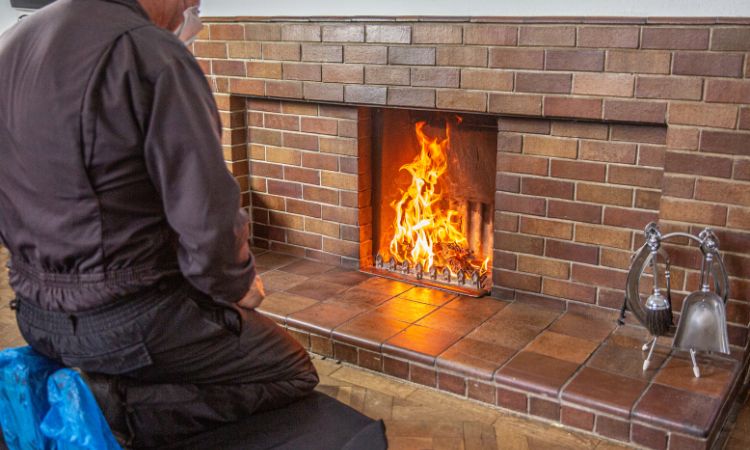
Three tiers of chimney inspections exist, according to the Chimney Safety Institute of America.
Level 1
The simplest check is a Level 1 chimney inspection, which is typically included as part of a cleaning service by most chimney sweep firms. Using a flashlight, the contractor looks within the chimney for any obvious damage or creosote buildup.
Level 2
A Level 2 chimney inspection is more thorough and entails using telescopic cameras to see inside the chimney. This kind of inspection, according to the CSIA, is required whenever you make modifications to your fireplace system, such as shifting from wood to gas fuel.
If you haven’t had your chimney inspected in a while or have reason to believe anything is amiss, such as a recent home fire, you could need a Level 2 examination. After a significant storm, it’s advisable to have a Level 2 inspection performed before utilizing your fireplace once more.
Level 3
Only if a Level 1 or Level 2 examination reveals significant structural issues or you’ve experienced a significant house fire will you require a Level 3 chimney assessment. In this case, a Level 3 assessment can provide a more detailed evaluation of the damage’s degree.
To inspect the portions of the chimney they can’t see using camera technology, your contractor will take down construction materials like drywall. As a result, following a Level 3 chimney assessment, you will need to fix the harm done to your house.
How to Save Money on Chimney Inspection Cost?
While professionals should handle the majority of a chimney inspection, there are some things homeowners may do to cut costs along the way.
- Maintain yearly chimney inspections to prevent the need for repairs from becoming worse over time and becoming more expensive.
- As part of a routine cleaning procedure, remove the visible soot from the area around the firebox.
- Advance hiring is advised for the chimney inspector. It can cost more to schedule the service later, closer to when the fireplace will be utilized.
Can I Clean My Chimney Myself To Save Money?
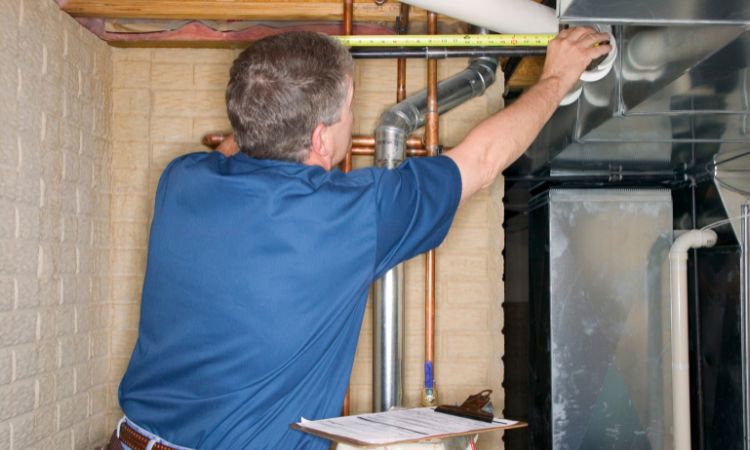
Without a professional’s assistance, you can clean your chimneys. Be prepared to work all day long, though, unless you’re well-experienced and have the necessary tools. If you choose to go this route, we advise that you cover the remaining areas of the room with plastic before cleaning begins. It’s also not a task for the timid; be advised that there could be unpleasant obstructions in the chimney, such as birds that have unluckily become stuck.
Maintaining a safer, more effective fireplace will require clearing them. The majority of homeowners will choose to employ a professional to clean their chimneys due to the nature of the job needed. A professional chimney sweep can offer guidance on the safest wood-burning techniques to help keep you even safer because they collaborate closely with the fire department.
People also ask
Does A House Inspection Include A Chimney Check?
Usually, a house inspection includes a brief chimney examination. This comprises a visual inspection of the parts of the chimney that are visible from the roof and inside the house, but it does not entail a close examination of every component. Homeowners might want to think about working with a professional chimney inspector for a thorough evaluation.
How Much Time Does It Take To Sweep A Chimney?
The average time to sweep each chimney is 30 minutes. Sometimes it could take a little longer. The amount of trash that needs to be removed makes clearing obstructions (like a bird’s nest) take longer.
What Will Happen If My Chimney Isn’t Cleaned?
Soot, ash, and creosote can accumulate inside the flue of a chimney if it isn’t cleaned annually. A chimney fire or carbon monoxide inhalation may result from these circumstances. It is advised for homeowners to have their chimneys cleaned and examined annually to avoid these undesired results.
Final Thoughts
Having your chimney periodically examined and cleaned is crucial in lowering the risk of toxic fume emissions and preventing chimney fires, whether you have a fully open fire, coal, or wood-burning fireplace. Employing a chimney sweep can enable you to prevent soot fires and gas emissions by having soot, potential blockages, and creosote buildup removed from your chimney liner, smoke ducts, flue pipes, and fireplaces.
The price of a chimney sweep will vary according to the number of chimneys that need to be cleaned, their condition, and their accessibility.

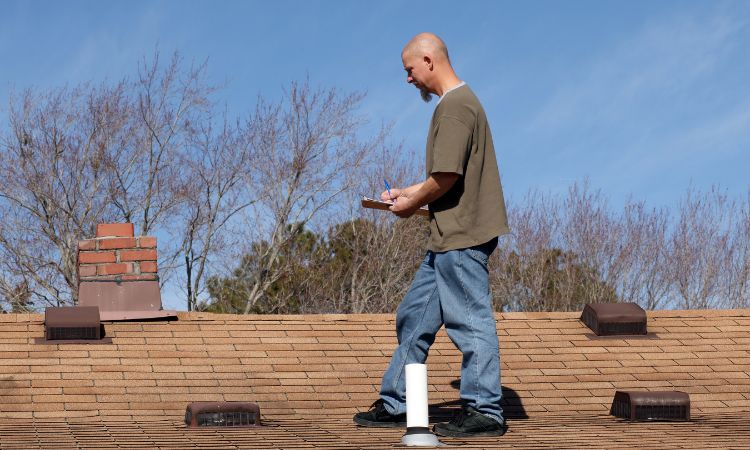

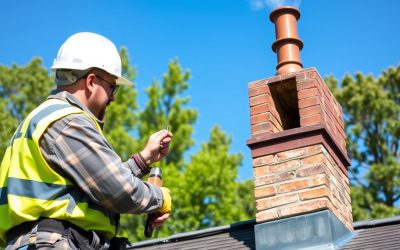
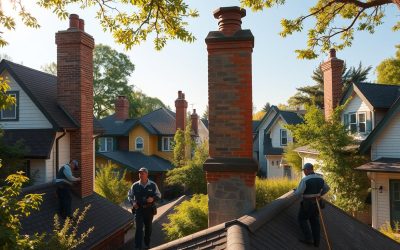
0 Comments